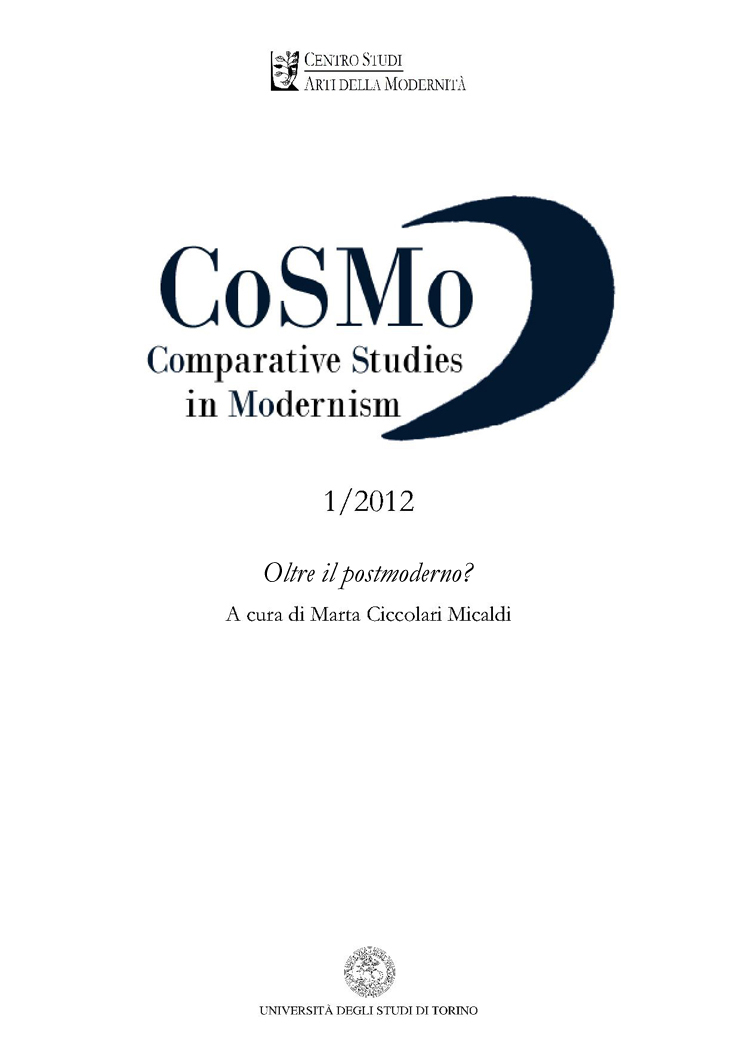Postmodern, or else? The case of "Maus" by Art Spiegelman
DOI:
https://doi.org/10.13135/2281-6658/165Abstract
In a 1986 interview, the comic artist Art Spiegelman confessed to having made an initial decision counter to his Pulitzer-winning graphic memoir Maus being postmodern… and yet, it turned out to be one of the most controversial – and convincing – examples of postmodernist rethinking of historical writing. The working hypothesis discussed in the present essay is the ‘inevitability’ of the text’s postmodernist structure, due to two main factors: firstly, the author’s second-generation perspective, which prevented the mimetic representation of a reality “beyond his darkest dreams”. Accordingly, Spiegelman chose to portray the various nationalities involved in the conflict with an animal mask, modeled on the American mainstream funny-animal comic heroes. This resulted in a hybrid form, originated in a conflation of highbrow and lowbrow art, which is considered typical of the postmodernist literary production. Secondly, the peculiar narrative matter at the heart of the project – an oral history document of his father Vladeck’s true testimony of imprisonment at Auschwitz during World War II – determined a highly self-referential structure in which the process of history-making was made explicit, and where History was replaced by two petit récits, which proposed two multiple and even contradictory histories.
Downloads
##submission.downloads##
Pubblicato
Fascicolo
Sezione
Licenza
Gli autori mantengono i diritti sulla loro opera e cedono alla rivista il diritto di prima pubblicazione dell'opera, contemporaneamente licenziata sotto una Licenza Creative Commons - Attribuzione che permette ad altri di condividere l'opera indicando la paternità intellettuale e la prima pubblicazione su questa rivista.







